From "Chinese Daughter" to "Italian Daughter", it explores the sincerity of athletes towards other countries
In the fourth round of the Rome Open 2025, world No. 1 Sabalenka of Belarus defeated Ukraine's Kostyuk in a tough way. After the game, she explained the reason for the hard fight in a humorous tone: "I didn't eat pasta before the game, which may have affected my form. The remarks quickly sparked heated discussions, especially in light of her previous interviews' repeated emphasis on her "special connections" with Italy, such as her claim to have "close ties to Italy." However, this is not the first time that this kind of "cultural overture" has appeared in her career, as early as the beginning of her career, Sabalenka made a high-profile statement that she "loves Chinese fried noodles" when she competed in China, and made a special trip to Shaolin Temple to shoot martial arts-themed photos to create an image close to Chinese culture. Such behaviour raises a deeper question: Are the athletes' "overtures" to the host country genuine or utilitarian PR tactics? And when this kind of "overture" is superficial, will it expose hypocrisy, as Djokovic did, by making inappropriate remarks?

Sabalenka's "enthusiasm" for Chinese culture has long been known, and during the early WTA China season, she not only mentioned "my favorite fried noodles" many times in interviews, but also made a special trip to Songshan Shaolin Temple to shoot a group of martial arts-themed photos. In the photo, she is dressed in a practice uniform imitating the moves of a warrior monk, with the caption "Shaolin Kung Fu makes me feel inner peace." This move quickly shortened the distance between her and Chinese fans, and she was even called "the foreign player who knows China best" by the media. However, this border of "cultural closeness" was pushed into controversy after the Rome game. She used the excuse of "not eating pasta" after the loss, in stark contrast to her previous "affectionate confession" to Italy, and was questioned as deliberately pandering to the host's PR rhetoric.
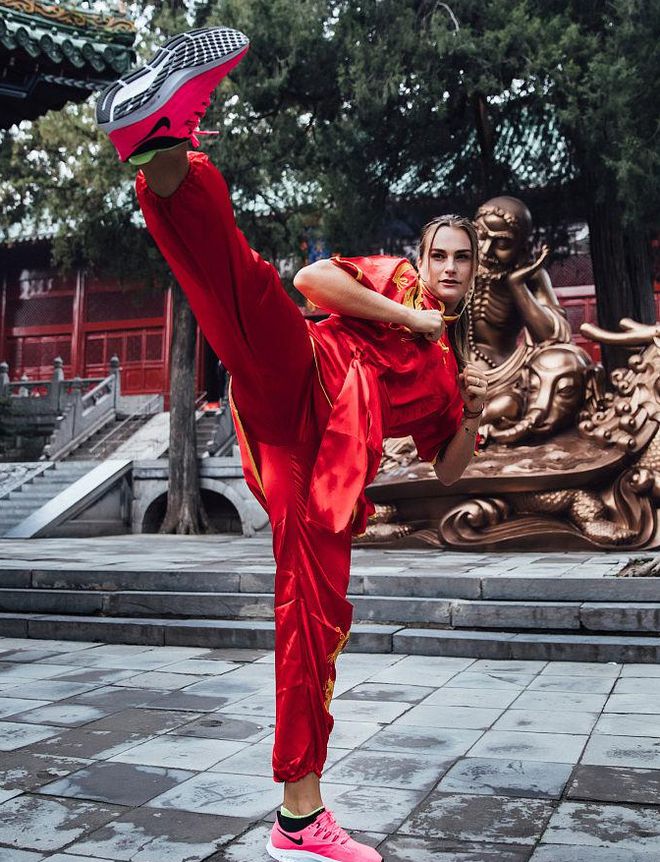
In fact, this strategy is not unique to Sabalenka. Many athletes compete internationally by complimenting local culture or food habits to gain favor. For example, Djokovic has repeatedly written "love China" in Chinese, and even claimed that "I was Chinese in my last life", but when comparing the air quality between China and Australia during the 2020 Australian wildfires, he bluntly said that "China's air is the worst", causing strong dissatisfaction among Chinese fans. This inconsistent rhetoric reveals the utilitarian nature behind the "cultural overtures" – when athletes need the support of their hosts, they can quickly build affinity; Once out of context, true attitudes can emerge.
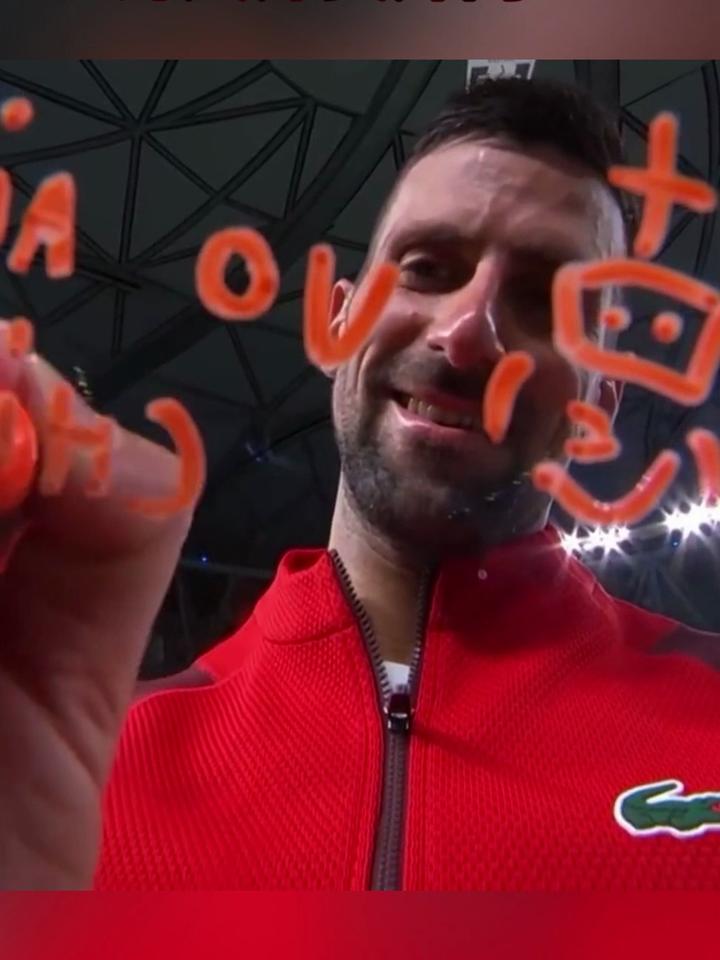
In the field of professional sports, the "flattery" of athletes to the host has almost become a default public relations tool, which mainly includes the following three aspects: first, the borrowing of language and symbols. Djokovic learned Chinese and wrote Chinese characters while competing in China, and Nadal was interviewed in French during the French Open, all of which used language to get closer to the audience; Secondly, the consumption of cultural symbols. For example, Sharapova wore a kimono in Japan, and Murray emphasized her "Scottish heritage" at Wimbledon, both of which used cultural symbols to strengthen local connections; Finally, the categorization of food and lifestyle habits: Sabalenka's "fried noodles" and "pasta" remarks, as well as Poland's A. Radwanska's statement during the China Open that he "has adapted to the air of Beijing", are all in this category.
These actions are often presented as "respect for cultural diversity", but their motivations are worth scrutinizing. Djokovic, for example, has made a high-profile show of love for China while criticizing China's environmental problems on irrelevant occasions, exposing the temporary and selective nature of "cultural closeness". This contradiction suggests that many athletes' "overtures" are essentially situational PR tactics rather than visceral recognition.
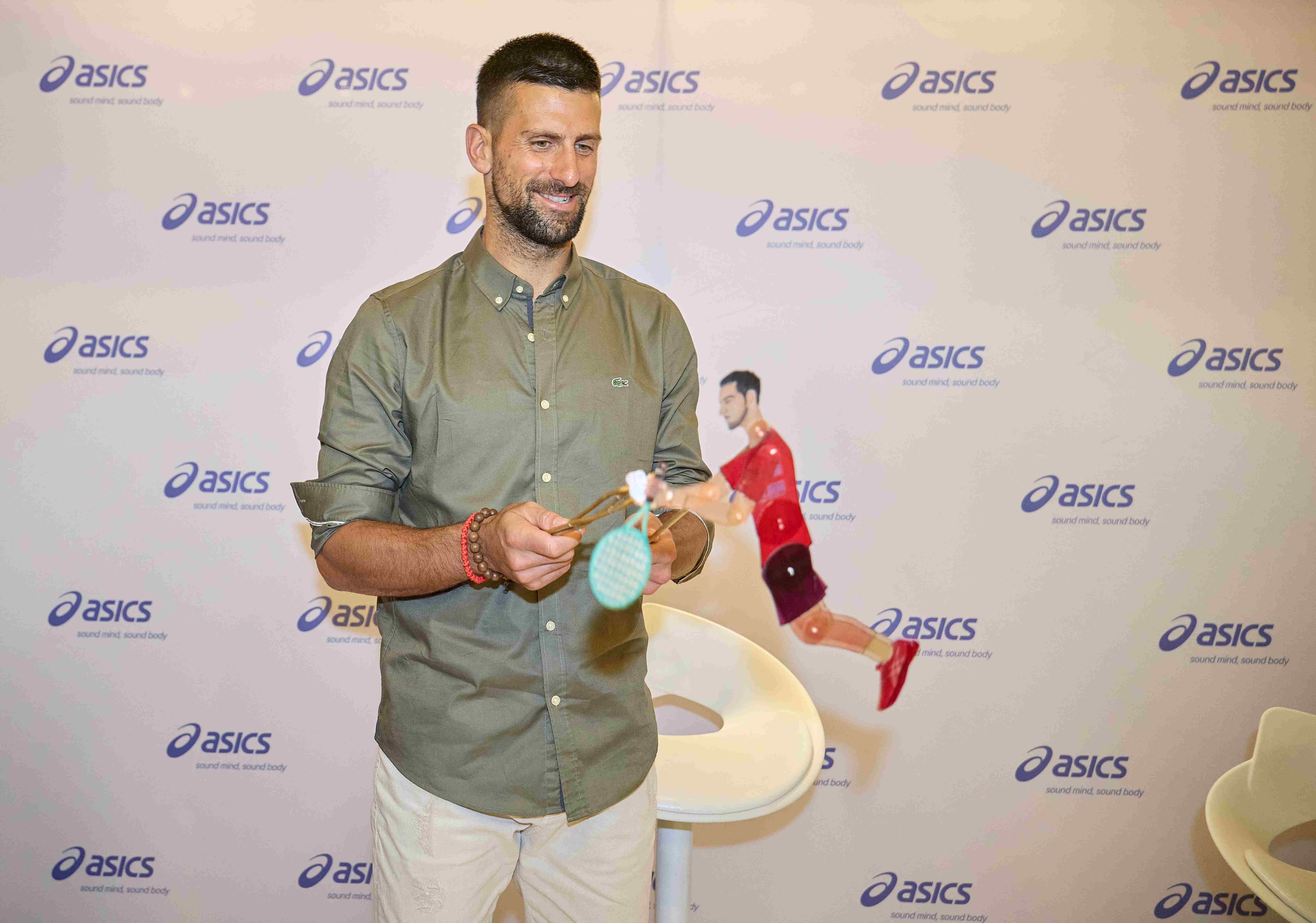
The key to the sincerity of an athlete's "cultural overture" lies in the consistency of his words and deeds. Sabalenka's martial arts photo in Shaolin Temple will inevitably be questioned as a show if it only stays at posing and does not truly understand the spirit of the unity of Zen and martial arts. In contrast, Iranian kung fu coach Massoud Jafari returned to China after studying at the Shaolin Temple to establish a martial arts gym and shoot kung fu films, integrating Shaolin culture into local practice, reflecting a deeper cultural identity.
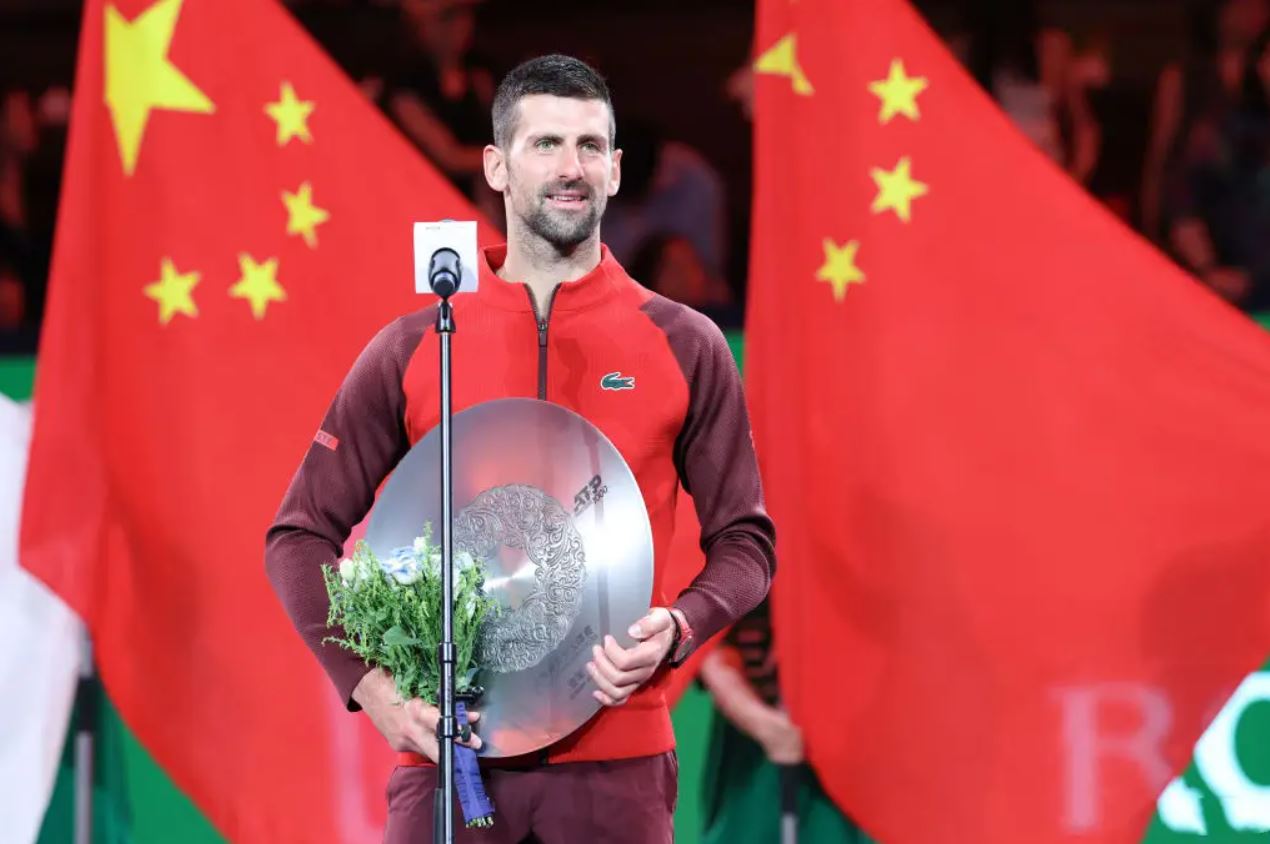
Djokovic's case is even more cautionary. His high-profile overtures in China have won widespread favor, but his 2020 remarks that "China should provide oxygen tanks" not only ignore China's environmental efforts in recent years, but also expose his stereotypical perception of China. This kind of criticism of "generalizing from partiality to the whole" is in great contrast with its past declaration of "loving China", which eventually led to the collapse of the personality.
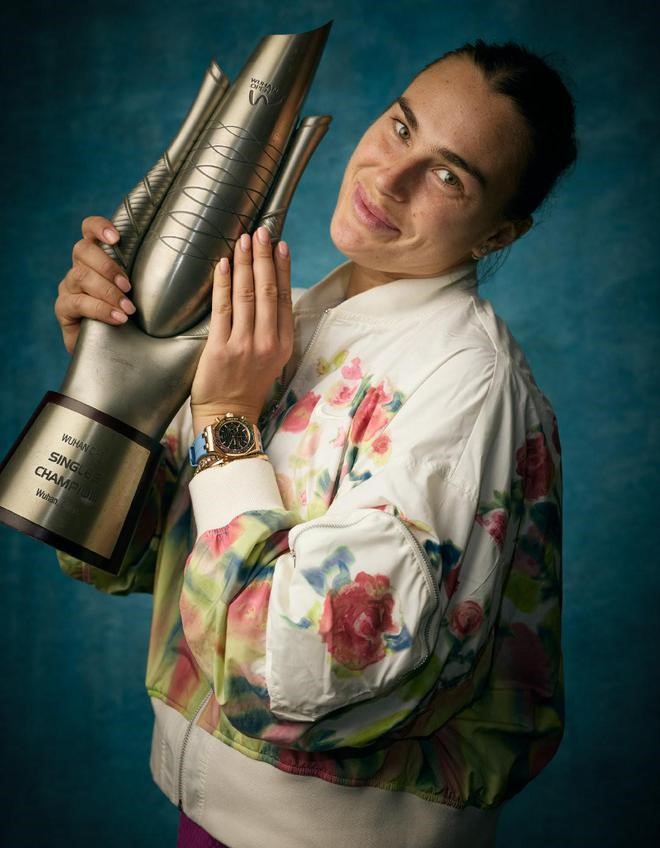
Athletes' transnational identities inevitably expose them to the challenge of acculturation, and the commercialization of professional sports further amplifies the need to "curry favor with the host". In this regard, the audience should remain rational. First of all, it is necessary to distinguish between competitive performance and personal stance, as Zheng Qinwen said after the defeat of Sabalenka: "I just need to focus on the game", and the audience can also focus on the stadium itself. Second, be wary of the symbolization of "cultural consumption": elements such as Shaolin Kung Fu and Chinese fried noodles lose the depth of cultural dialogue if they are reduced to public relations tools. Third, accept the reality of "limited sincerity": the background of an athlete's upbringing determines the limits of his cultural identity, as Nie Weiping pointed out when criticizing Deyo: "He came to China five years ago, how do you know what we are doing now?" ”
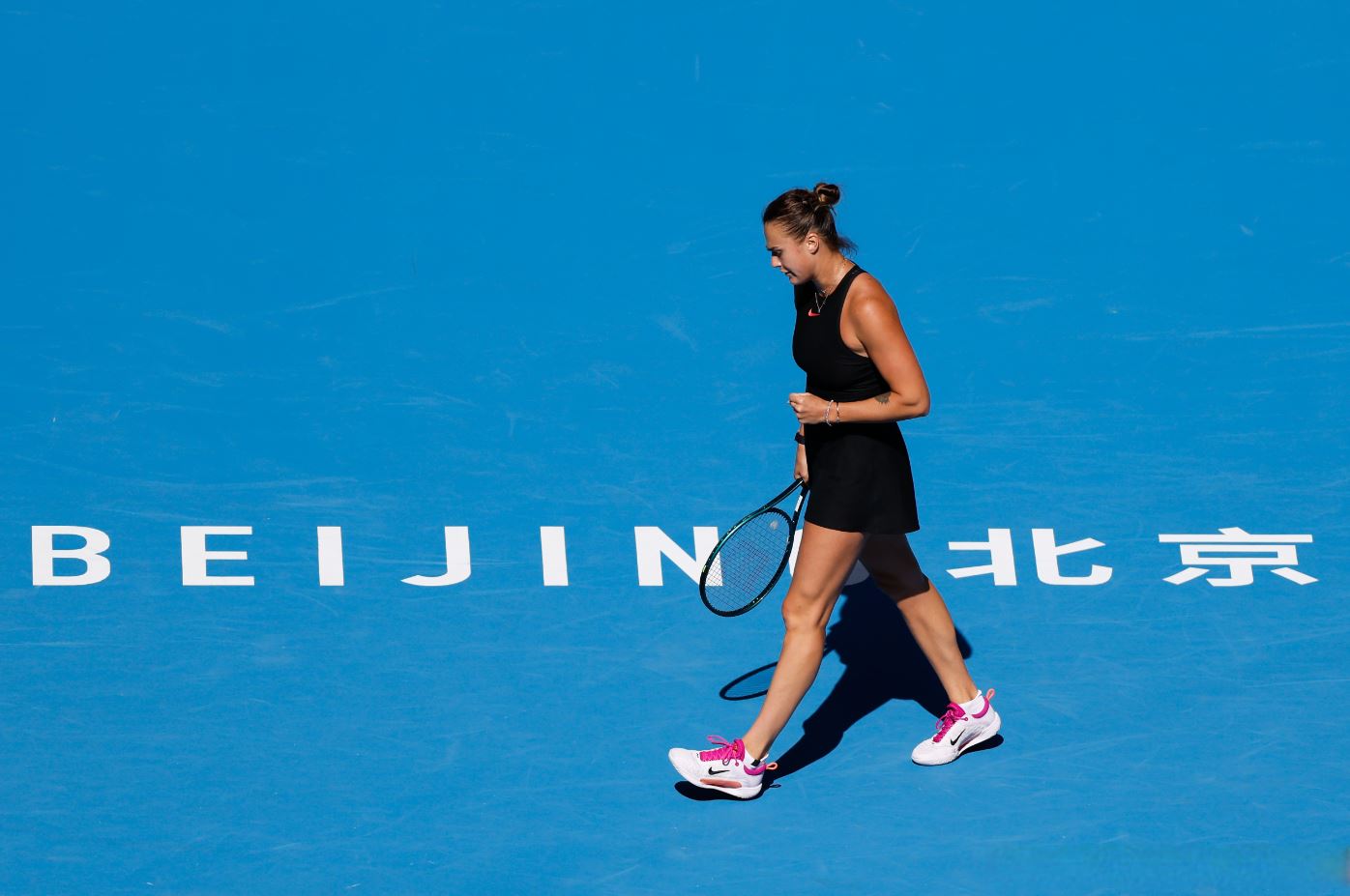
The controversy between Sabalenka's "pasta" and Djokovic's "oxygen tank" essentially reflects the complexity of cultural identity in the age of globalization. For foreign athletes, we don't have to demand that they have a deep affection for China, as the Shaolin warrior monk Master Yan Qiao said: "The essence of martial arts training lies in the training of the mind, not the external form." Audiences may wish to take a more relaxed view of their "cultural performances": they don't have to overdo it with a few compliments, or dismiss it altogether with a casual gaffe. After all, the charm of sports will eventually return to the competition itself, and the brilliance of humanity that transcends nationality and culture, such as Zheng Qinwen's tenacity in repeated defeats, is the true sportsmanship worth cherishing.(Source: Tennis Home Author: Xiaodi)







 Links
Links
 Contact
Contact
 App
App


